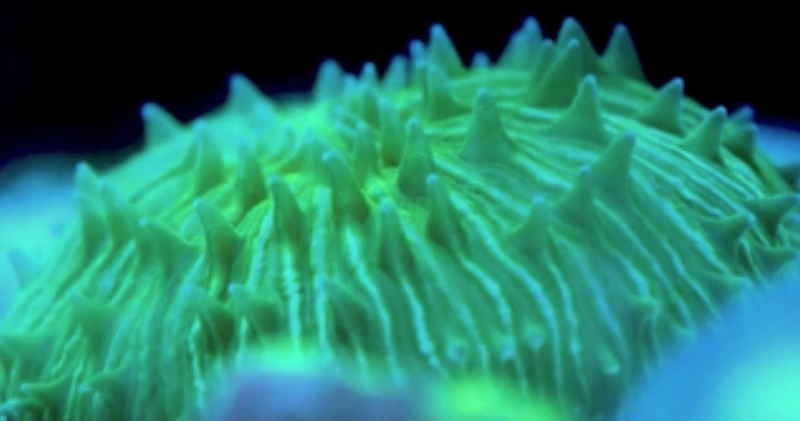Australian bushfire smoke detected over Antarctica for first time since black summer
Share:
Particles recorded by scientists at the Chilean research station, the Profesor Julio Escudero Base, as recently as Sunday. Smoke from bushfires in south-eastern Australia has been detected over Antarctica for the first time since the 2019-20 black summer fires.
![[Instruments at the Professor Julio Escudero Base, a Chilean research station on King George Island in Antarctica, used to measure smoke particles in the air.]](https://i.guim.co.uk/img/media/33d7e802b8743a162c41659e02dcd825f14c5fe3/0_0_2026_1311/master/2026.jpg?width=445&dpr=1&s=none&crop=none)
Scientists detected the smoke particles at the Profesor Julio Escudero Base, a Chilean research station on King George Island, at the northern tip of the Antarctic peninsula. Sign up for Guardian Australia’s breaking news email. The smoke signal was first discovered on 21 December and was present the following week, including a detection on Sunday, the latest day for which data was available. The particles were at a height of at least 5km up in the atmosphere.
![[Black summer: five years later, Cobargo is still rebuilding – video]](https://i.guim.co.uk/img/media/1b9c09e1c44640de9e2a52831f776dbf6d9fff6d/657_457_4045_2275/4045.jpg?width=465&dpr=1&s=none&crop=none)
Bushfires in the Grampians national park in Victoria have burned through more than 76,000 hectares of land and destroyed at least three homes. The fires continue to burn, although firefighters say conditions have eased. A separate fire in Western Australia also burned through more than 3,200 hectares of land.
![[Instruments at the Professor Julio Escudero Base, a Chilean research station on King George Island in Antarctica, used to measure smoke particles in the air.]](https://i.guim.co.uk/img/media/9190abad18f5088a16d9b0accbaac5a77a9b0659/0_670_1481_1552/master/1481.jpg?width=445&dpr=1&s=none&crop=none)
Dr Raúl Cordero of the University of Groningen, whose team runs Escudero Base, said that once it falls to ground, black carbon from bushfire smoke may increase snowmelt on Antarctica. “It’s going to eventually make the snow darker, and by doing so, it’s going to contribute to accelerating the melting of the snow.”.
This was because darker snow absorbs more energy in the form of solar radiation. Cordero’s research has previously found that, based on samples taken between 2016 and 2020, black carbon pollution from Antarctic tourism and research activities was probably increasing snowmelt by an estimated 83 tonnes a visitor.






















